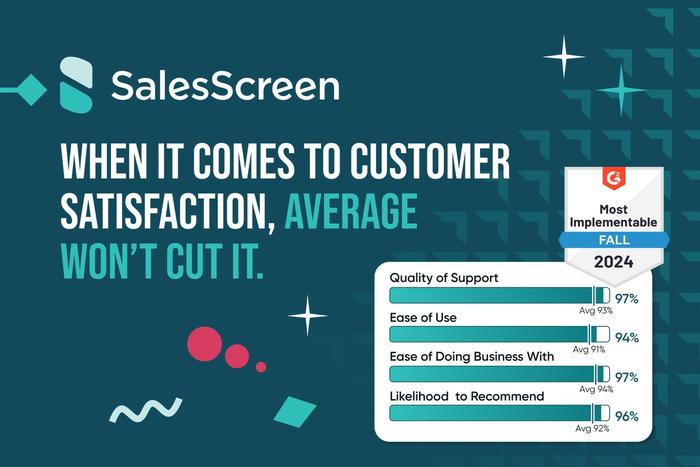There are a variety of intangible factors that influence company culture, but one such tangible factor is office design - everything from interior design to architecture to furniture. Your physical surroundings can have a profound impact on your mental state, and studies suggest that “architecture and design can support or even change company culture”. Taking pride in your office space and designing all aspects with the needs of the company and employees in mind can make people feel more valued and thus happier and more productive at work.
When utilizing office design to enhance company culture, here are 6 major aspects to keep in mind.
1. Comfort
Comfort is key when designing an office space. With most people spending 40+ hours at their office every week, it is important for their overall well-being to feel comfortable. Of course this does not necessarily mean La-Z-Boy recliners everywhere, but rather incorporating a sense of comfort and homeyness that is conducive to a work environment. Ergonomically designed furniture, sit-stand desks, flexible work spaces and a clean and modern food area with a variety of healthy lunch options, for example.
Consider also the Danish concept of “hygge”, which is a growing trend in modern office design. Hygge is defined as “an atmosphere and an experience […] a feeling of home. A feeling that we are safe, that we are shielded from the world and [we] allow ourselves to let our guard down”. Many companies are choosing to embrace this concept in the workplace through everything from ambience (lighting, decor, music, etc.) to upgrading the office coffee maker.
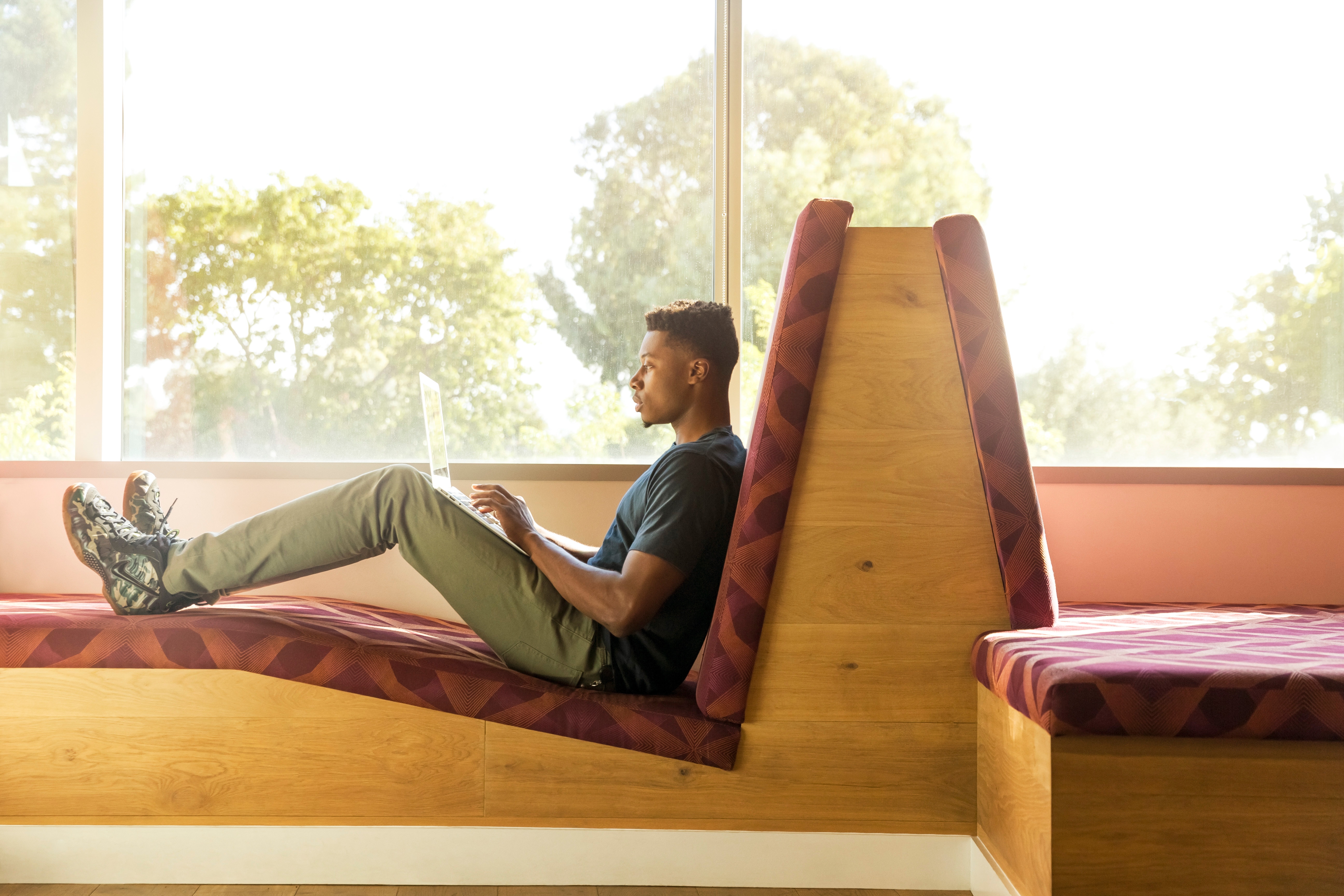
2. Color
There are many studies suggesting the correlation between color and psychology. One study by The University of Texas discovered that women experienced feelings of sadness and depression in relation to bland grey and beige offices, while men experienced the same feelings when exposed to purple and orange workspaces.
Depending on the specific goals and needs of a company, they can utilize different colors. According to Taskworld, blue is a “stable and calming color that helps workers focus on the task at hand”. Green is a great color for those working long hours as it “does not cause eye fatigue and helps you remain calm and efficient at the same time”. Yellow is good for sparking creativity and red for promoting productivity and energy levels (note that it is suggested to use red sparingly).
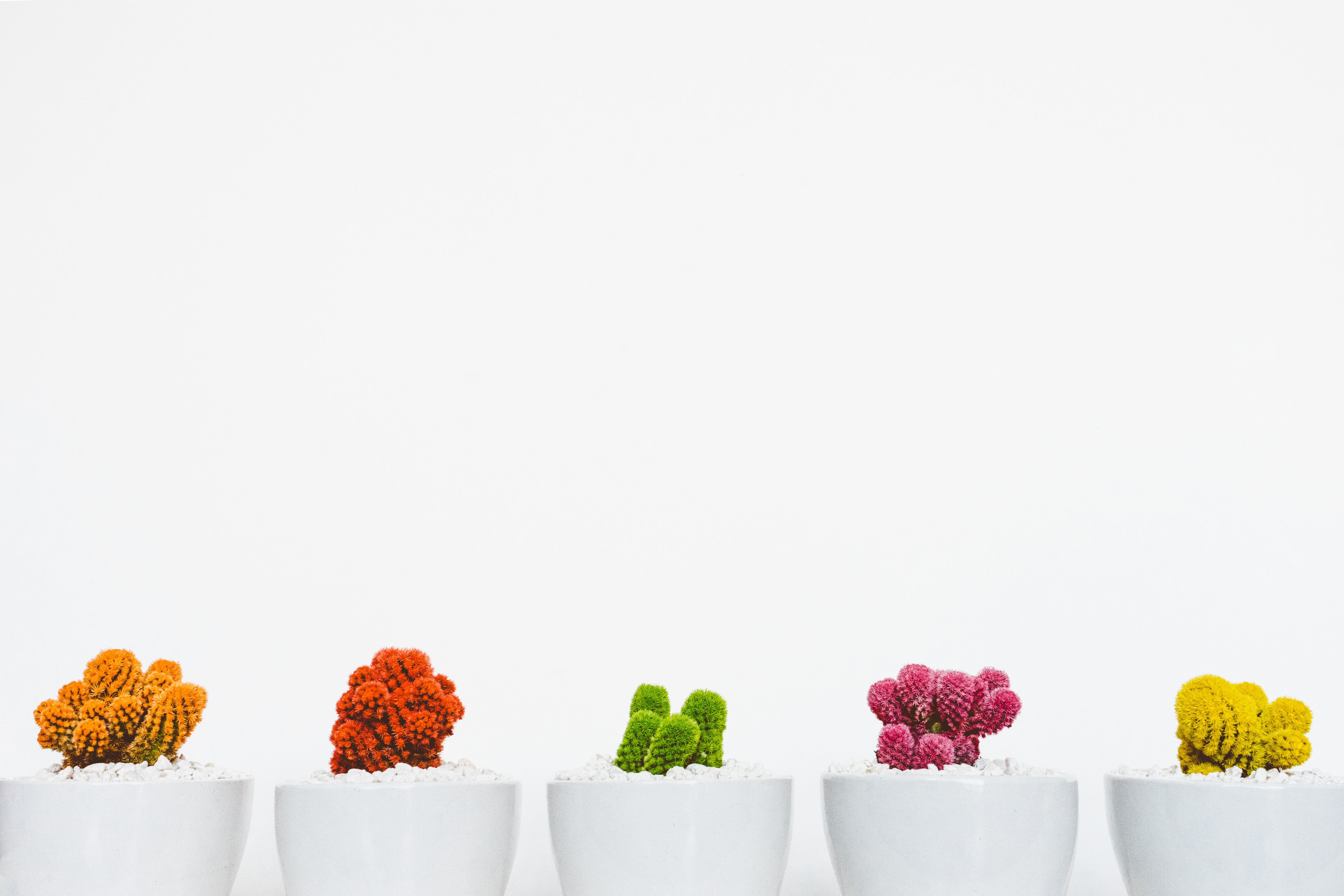
3. Layout
In regards to office layout, there are several factors to consider. An open-plan layout with breakaway spaces that offer privacy is becoming increasingly popular, and contributes to both transparency and productivity in the office.
Flexibility is also important in today’s fast-paced work environment, wherein the space should be easily adaptable depending on the current task at hand. Additionally, a flexible work environment can combat boredom and apathy, thus contributing to higher engagement and a more positive atmosphere overall. An article by Gallup found that “employees who have the ability to move to different areas at work are 1.3 times more likely to be engaged than other employees.” Higher engagement = happier employees = better company culture.
Another aspect to consider in regards to layout is distance - as in travel distance to co-workers and management. Studies have found that this can have a large impact on interaction and collaboration. The further you are located from a co-worker, the less likely you are to work together on projects. And since collaboration promotes good company culture, the effect that distance can have is notable when seeking to improve it.
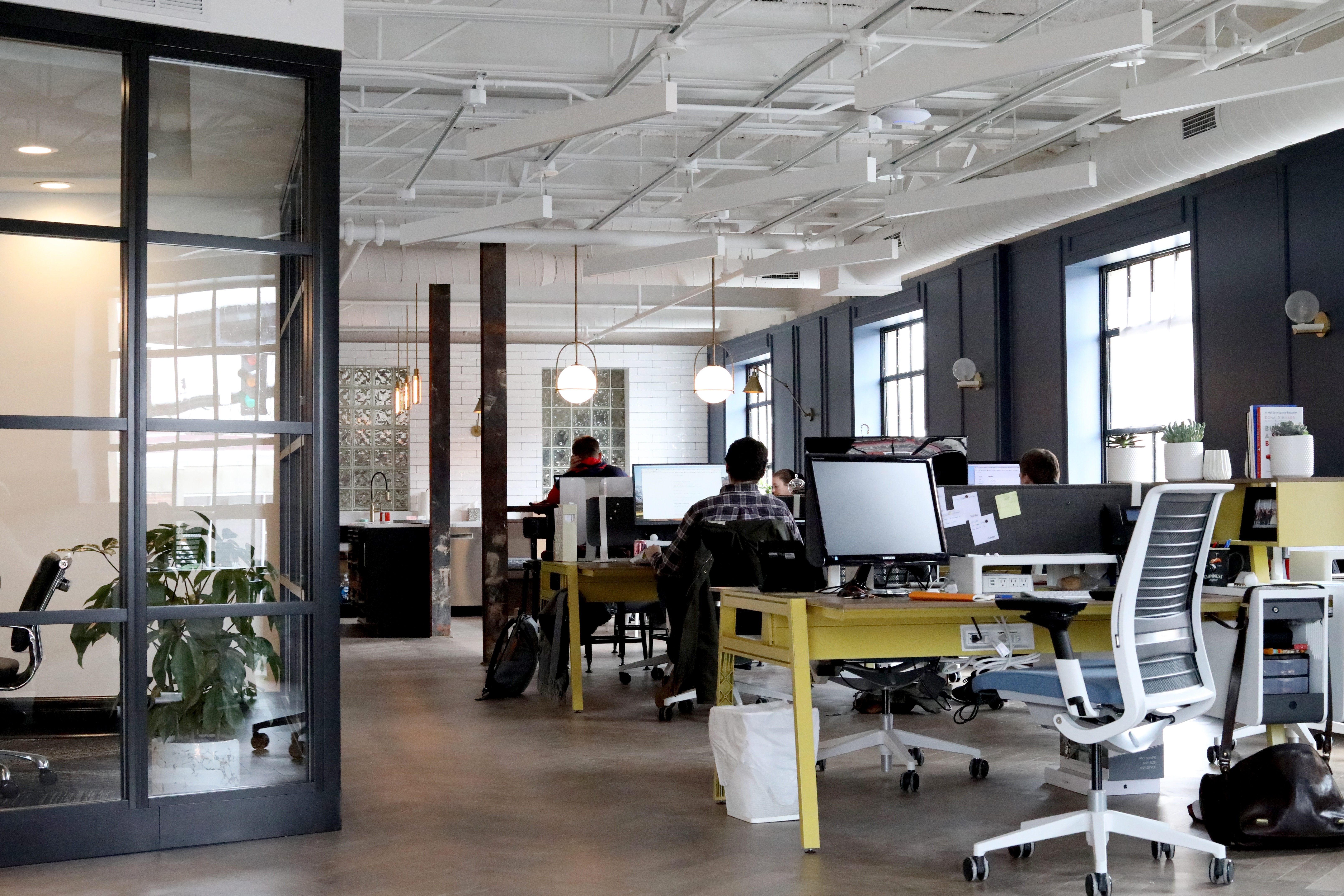
4. Lighting
Poor lighting is commonplace in many offices, even though it has been found to have a major effect on wellness and productivity. Bright, fluorescent lighting can frequently cause headaches and increase levels of stress and anxiety. Offices should alternatively consider installing softer lighting, such as yellow and orange. If possible, natural light is always ideal and should be incorporated as much as possible.
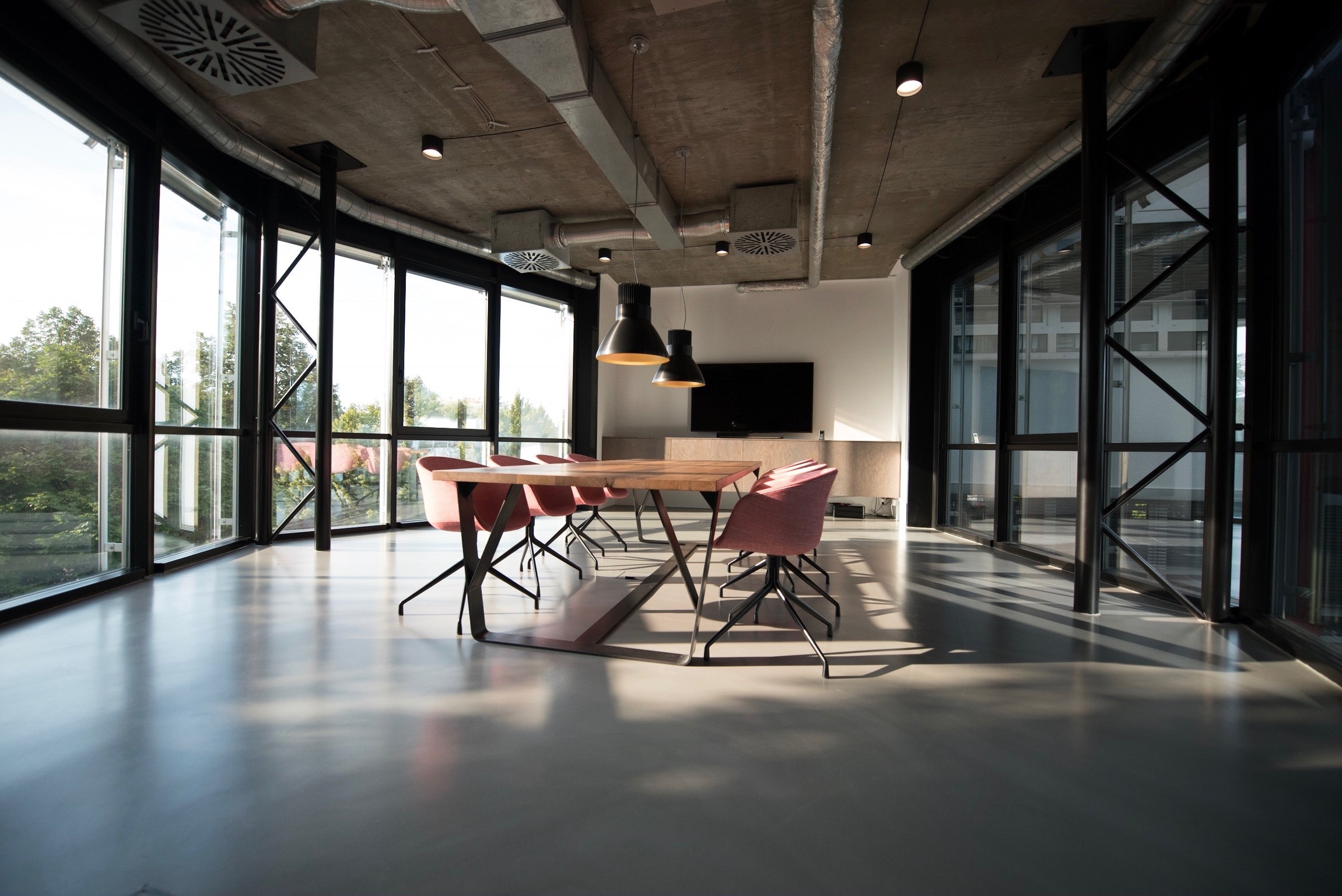
5. Nature
In connection with natural lighting, companies should also give thought to the biophilia hypothesis, which states “that there is an instinctive bond between human beings and other living systems”. Bringing the outdoors into the office via large windows and plants can have a positive impact on ones mental state by reducing stress levels and improving work performance. Including plants in the office can also improve air quality and contribute to increased levels of happiness amongst employees.
When choosing plants for your office, here are 5 tips to consider.
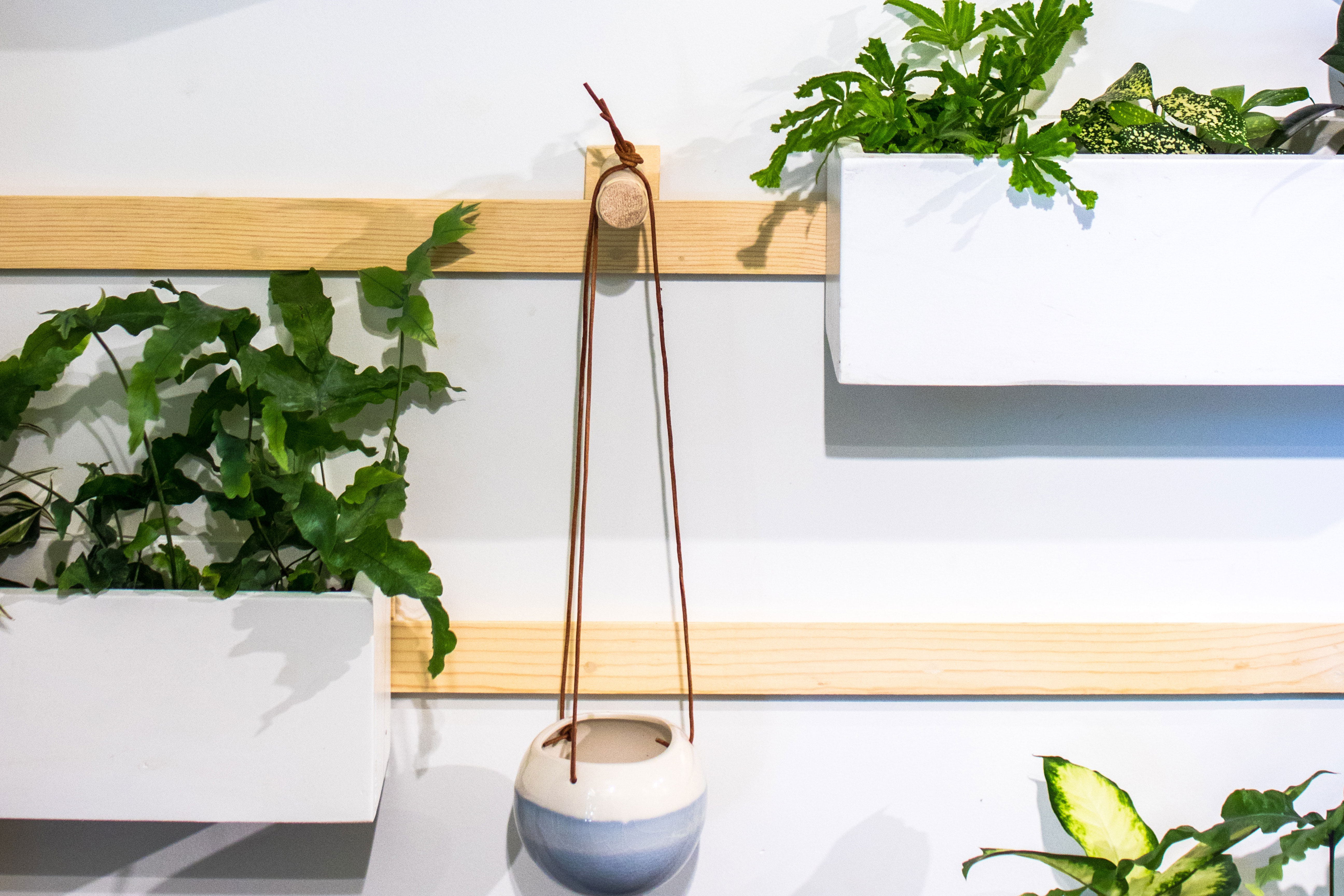
6. TV Screens
TV screens in the office can be a great way to engage employees and contribute to a cohesive and entertaining work environment and office culture. It can increase awareness of all goings-on at the company and motivate employees to perform better by projecting real-time data throughout the office. Having employees customize their music and graphics that appear on screen is also a fun element that can lead to higher levels of contentment.
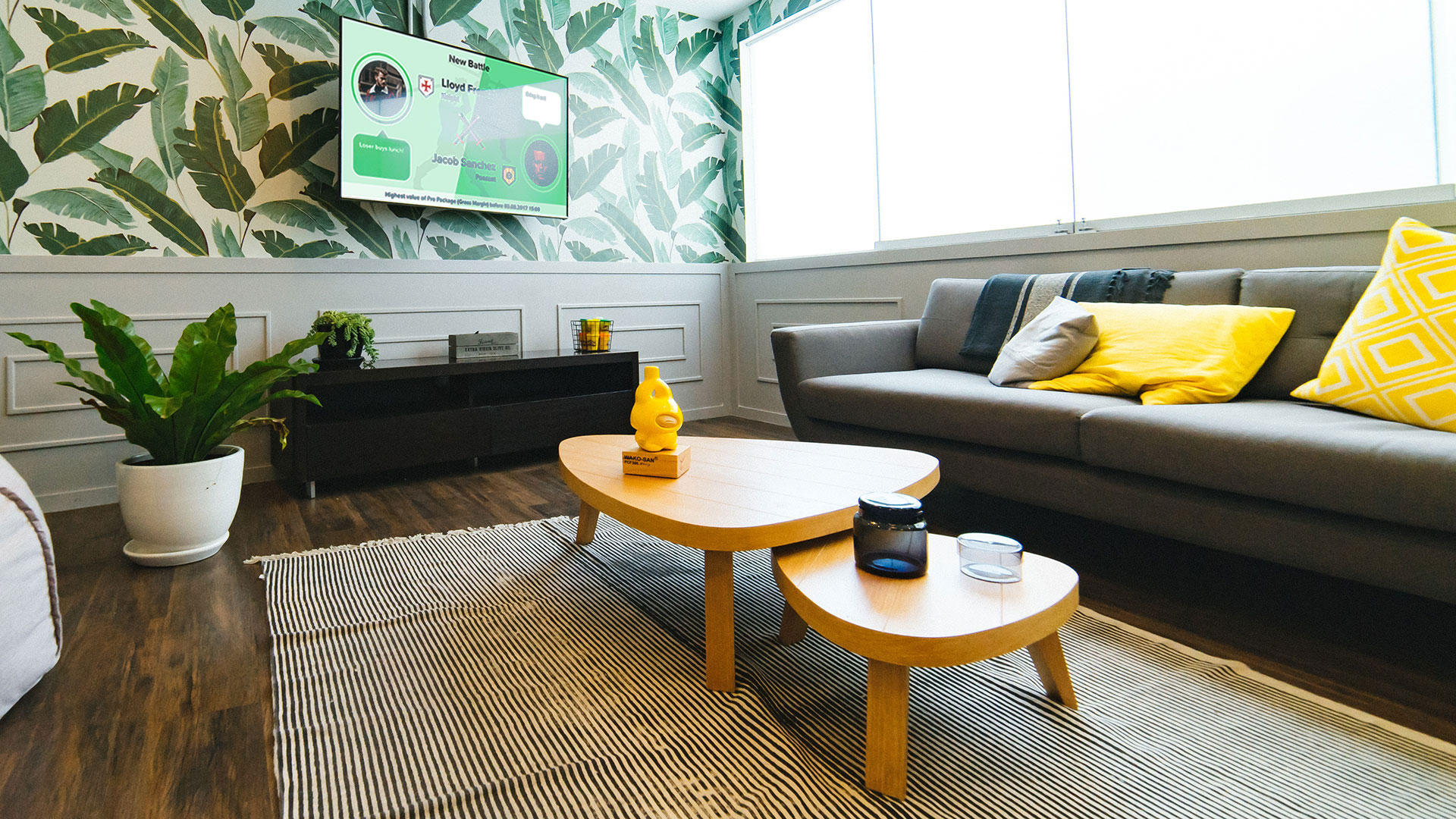 If you want to learn more about how this works, check out SalesScreen.
If you want to learn more about how this works, check out SalesScreen.
CONCLUSION
Exceptional office design is a concrete way to increase employee well-being and thus enhance company culture. It is important to design with your company and employees in mind, and implement features that cater to their specific needs. Taking comfort, color, layout, lighting, nature and TV screens into consideration, you can be well on your way to designing an inspired workplace.
Need some more inspiration? Check out these examples of awesome office design.




